Freshest Fruits
Students determine where fruits grow and their nutritional value by completing an activity to observe the size, shape, texture, and seeds of various fruits.
Students determine where fruits grow and their nutritional value by completing an activity to observe the size, shape, texture, and seeds of various fruits.
Students observe various types of seed, discover the many uses of seeds, taste edible seeds, and make a seed mosaic.
Students identify how the basic needs of a growing chick are met during egg incubation, diagram the parts of an egg, and hatch eggs in class.
Students explore organic and conventional farming practices by analyzing multimedia texts to investigate the differences between conventionally and organically grown apples.
Students explore concepts of heredity in beef cattle and identify dominant and recessive traits.
Students identify categories of pests including vertebrates, invertebrates, weeds, or disease and discover how pests affect the growth of crops and how integrated pest management (IPM) is used to control pests.
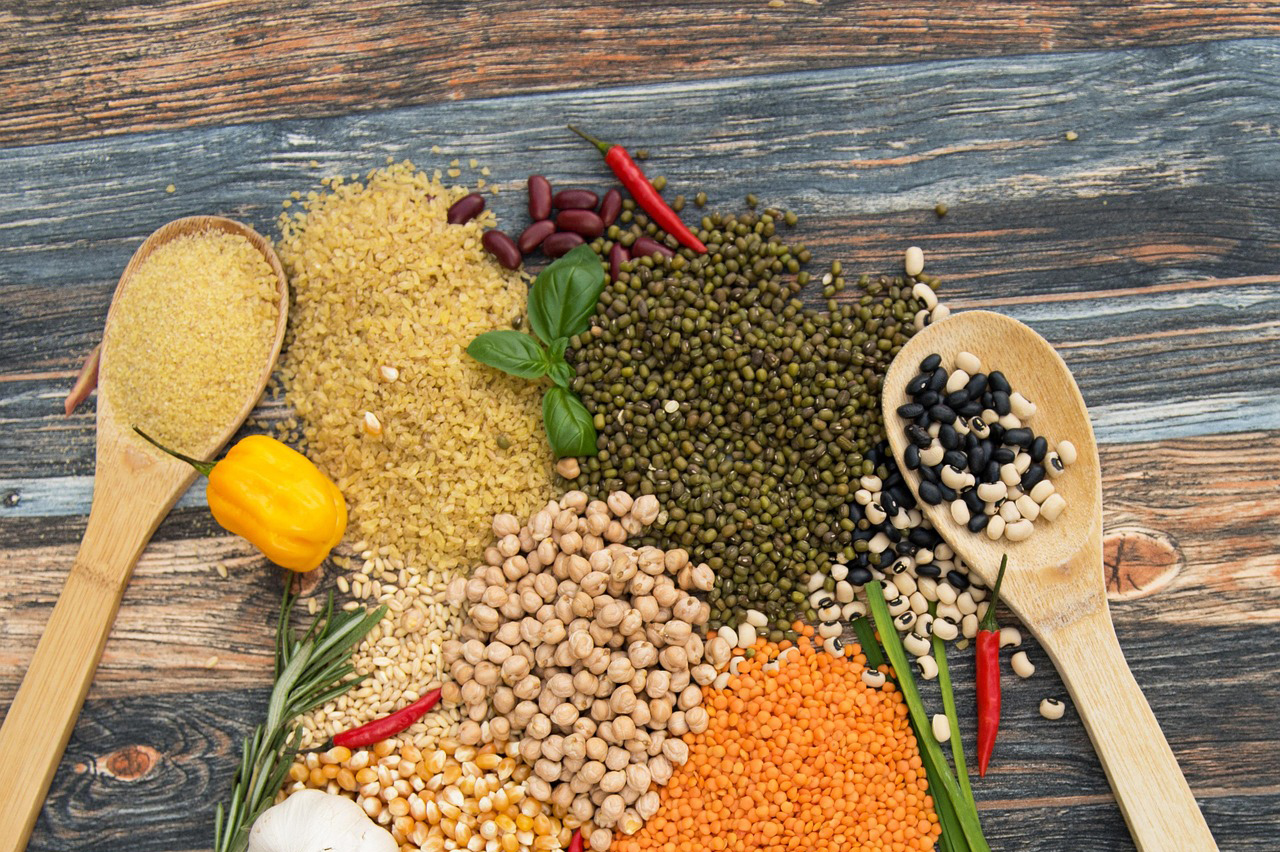
This lesson introduces agriculture as a managed system that has environmental impacts, and how farmers employ practices such as growing pulses to minimize these impacts.
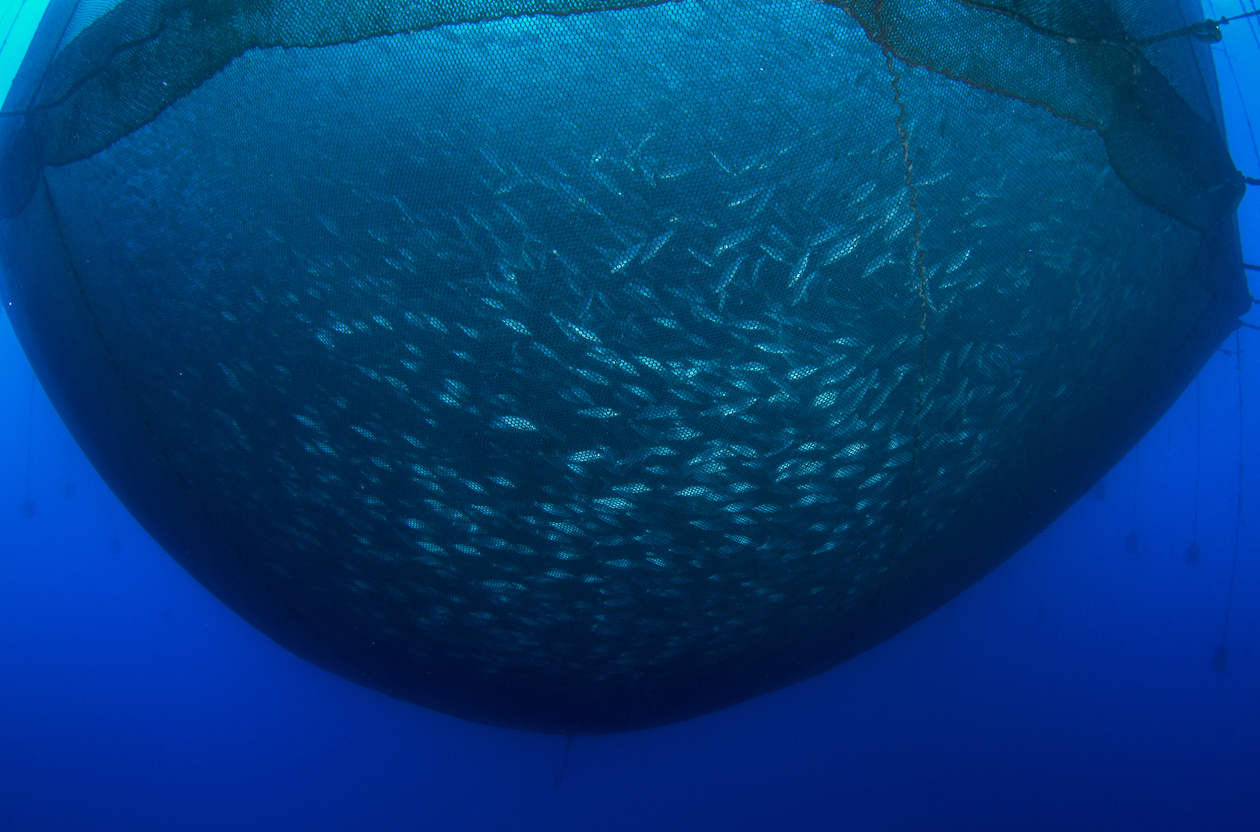
Students discover the sources of various fish and seafood, compare wild-caught and farm-raised aquaculture systems, and use a simulation to learn how overfishing can damage the ocean ecosystem.
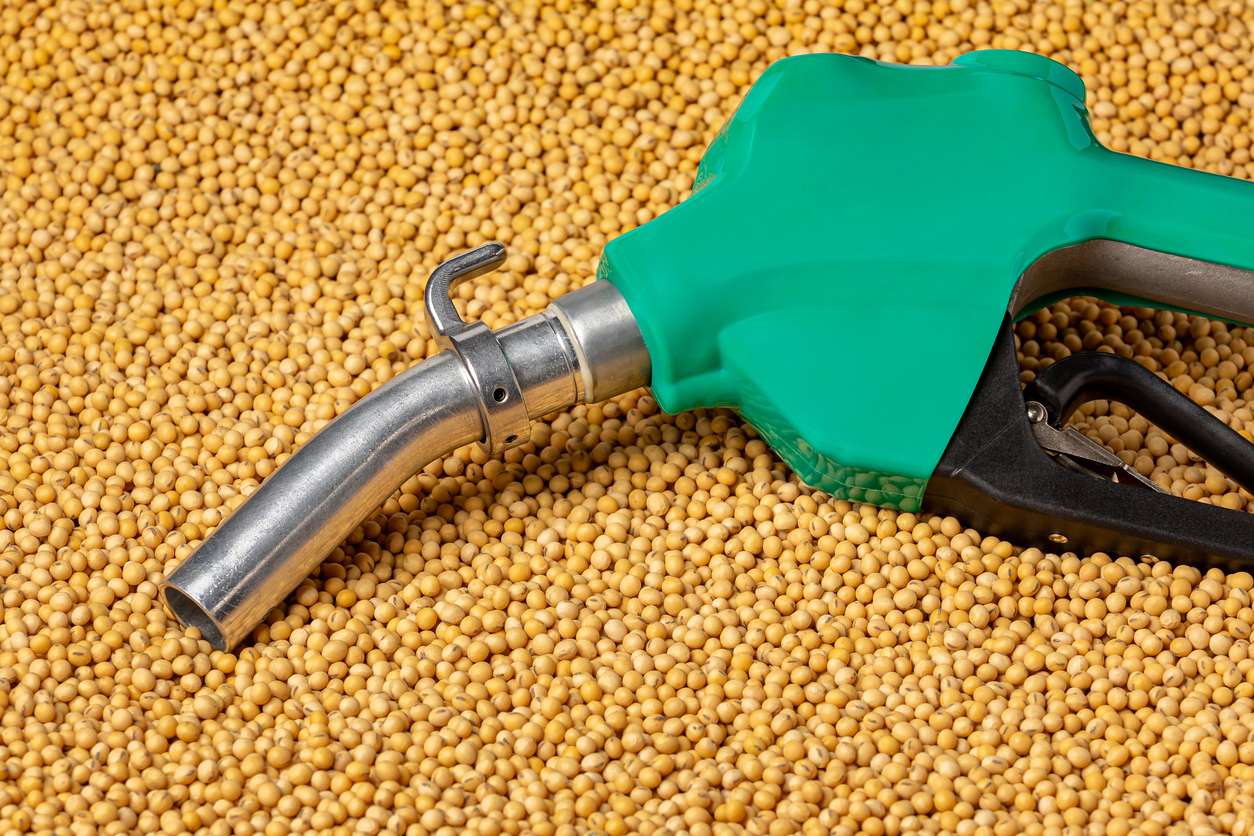
Students will discover potential careers in agriculture with a focus on the growing field of biofuel development.
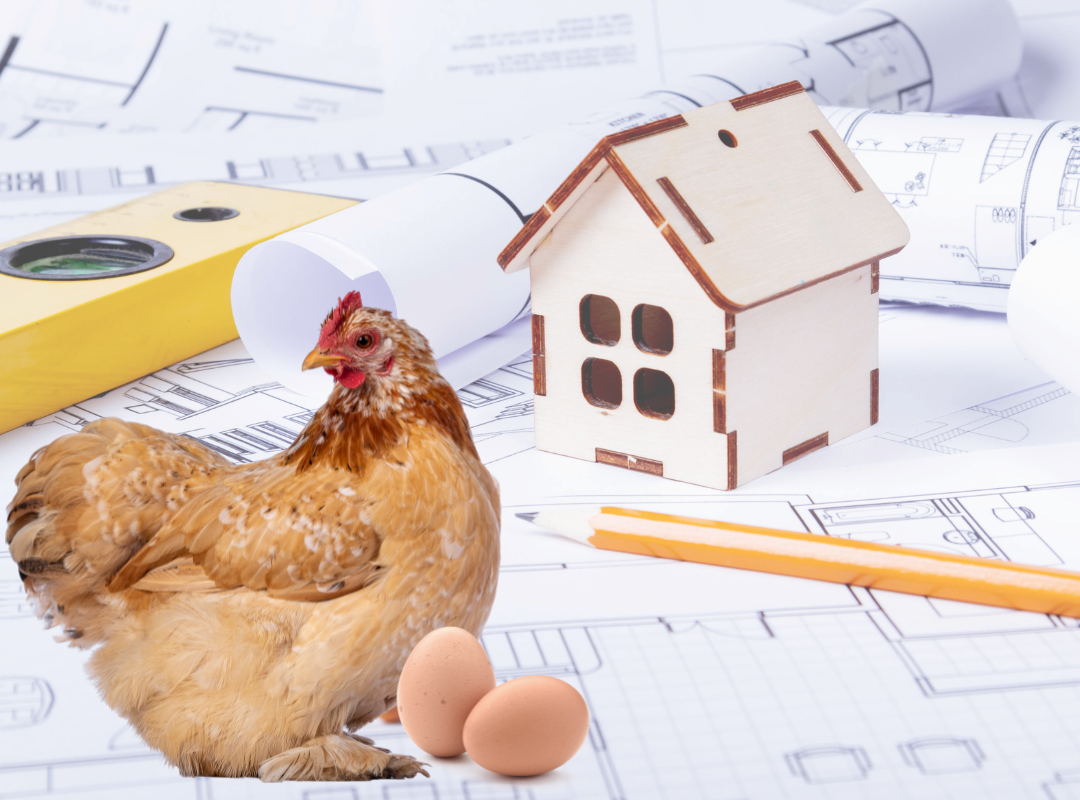
Students will use the Claim, Evidence, and Reasoning model to evaluate styles of housing used for hens that lay eggs. Using critical thinking skills, students will compare housing styles, determine which system meets their animal welfare standards, and engineer their own hen house model to meet the needs of laying hens. This lesson covers a socioscientific issue and aims to provide students with tools to evaluate science within the context of social and economic points of view.
Students will read about and research the domestication of animals to better understand why and how they are raised on a farm. They will create a timeline of animal domestication.
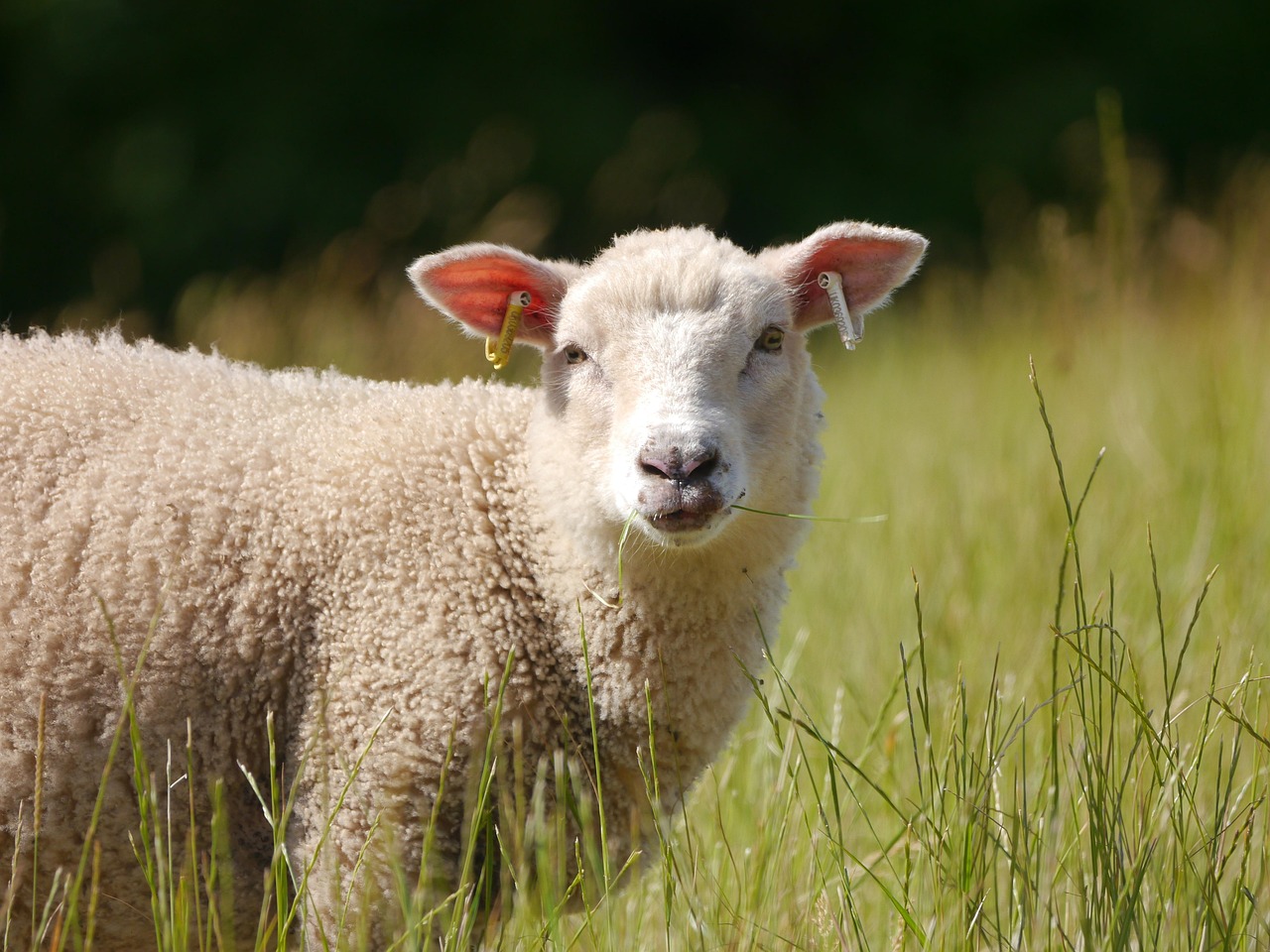
Students explore the difference between inherited and acquired traits and understand why knowledge of inherited and acquired traits is important to agriculture. Activities in this lesson include trait sorting, two video clips, a PTC taste test, and student presentations.